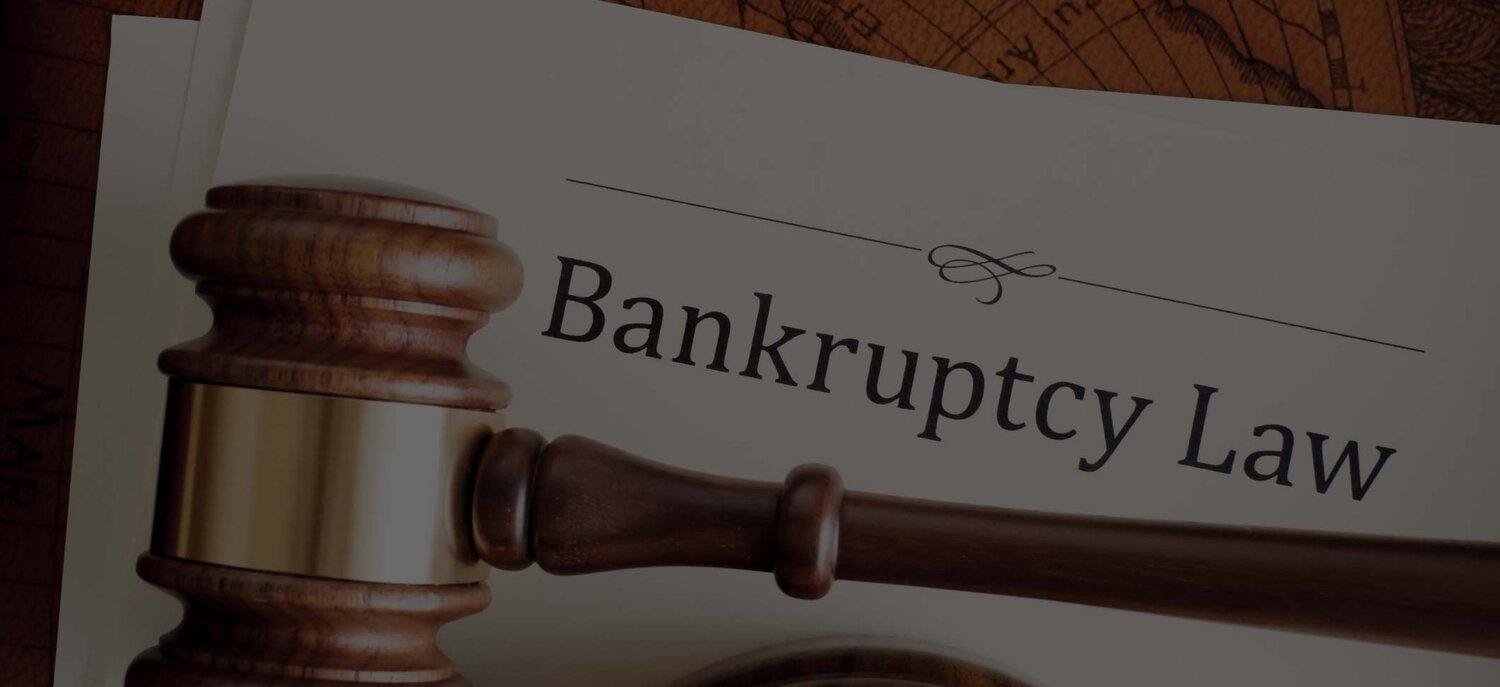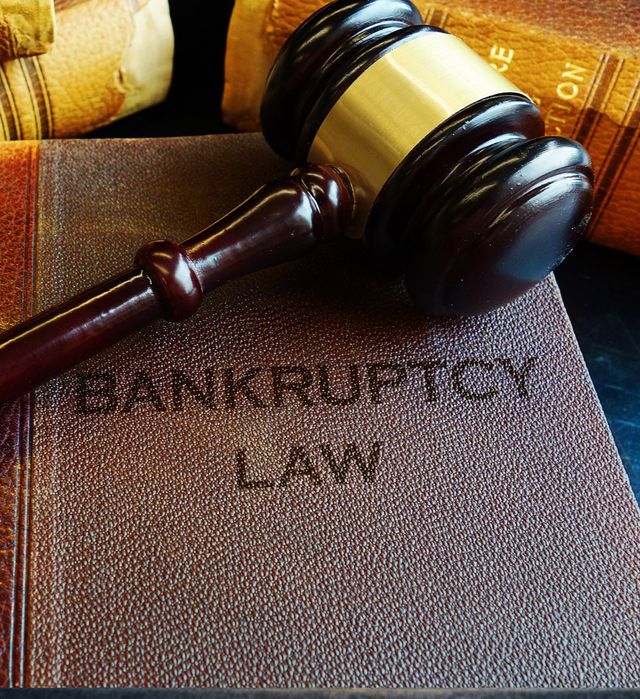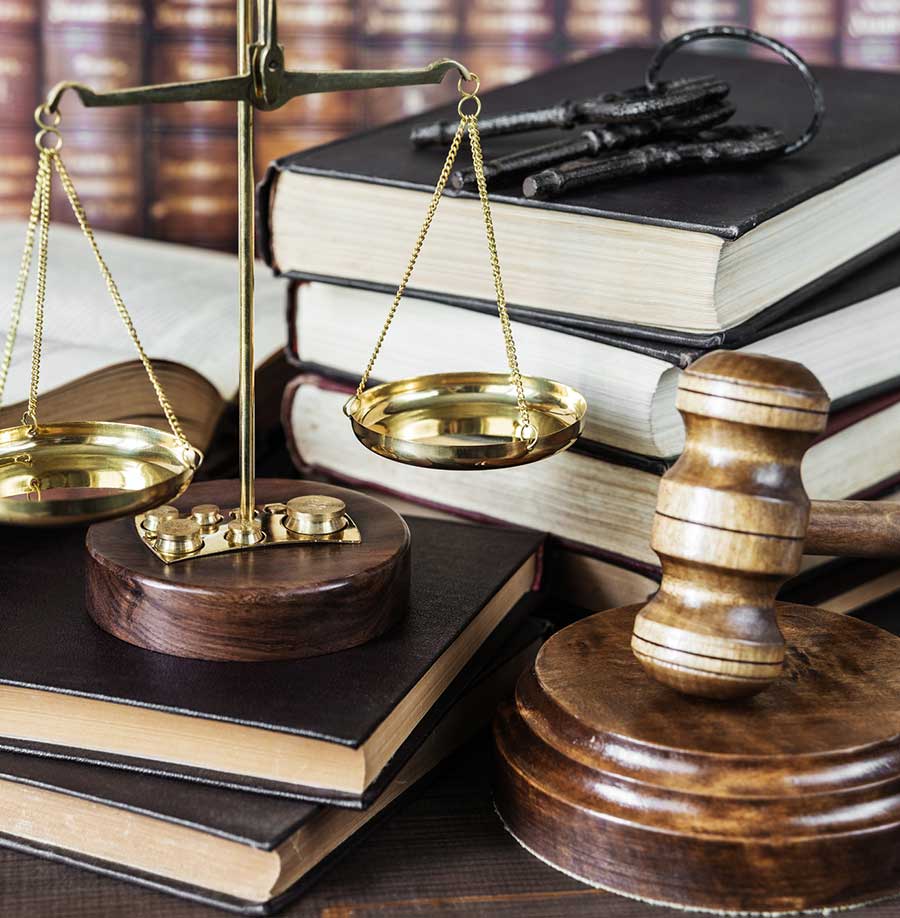Our Filing Bankruptcy In Springfield Missouri Ideas





If you possess a service that is not a separate corporation, you need to consist of both your personal as well as organisation debts and residential or commercial property in your case.



Generally, there are no minimal financial demands for a debtor to submit an insolvency instance. However the legislation now has specific financial demands for submitting a petition under Chapter 7. In that case, you might be needed to make use of Phase 13( where you need to pay at least some portion of your financial debts) - Chapter 7 Bankruptcy Lawyer in Springfield Missouri. Keep in mind that certain financial debt restrictions or monetary requirements additionally apply in Chapter 12 or 13 insolvency cases, which then might require you to file Phase 11. Personal Bankruptcy Attorney in Springfield Missouri. In the beginning of an insolvency.

" Excluded residential property is devoid of the insurance claims of lenders and also can not be taken by the trustee to be sold off. Virginia regulation determines the types and also amount of excluded property. The debtor is qualified to a" homestead exemption "which enables each borrower to claim a single exception of up to$ 5,000( plus$ 500 for each and every dependent) in any type of sort of property. The borrower is also entitled to a details exemption, sometimes referred to as the" bad debtor's exemption," in various sorts of building( as an example, navigate to this website garments as much as$ 1,000; house furnishings as much as $5,000; tools of a person's trade or organisation approximately$ 10,000). Various other sorts of property (such as proceeds from an injury negotiation or award and also certain payments to qualified pension or IRAs )might likewise be excluded under Virginia regulation. Lenders or the insolvency trustee can test the type or amount of the exemptions claimed by the debtor. As soon as you have declared an exemption, you can not claim it again in one more instance. A debtor might "declare "his/her obligations to a protected financial institution that holds a lien on a house, automobile, or other substantial item. A borrower may retract a reaffirmation agreement within sixty days after authorizing the contract. A debtor may likewise" redeem "home from a lien by paying the secured financial institution the reasonable market value of the home in a lump sum.
The personal bankruptcy court can set the value if the celebrations do not agree. The liens of protected creditors make it through bankruptcy unless the underlying financial debt is repaid or the lien is removed during the bankruptcy instance. This indicates the financial institution can go after the security( i.e., repossess the automobile) yet the lender can not gather the equilibrium due from the debtor unless the financial obligation has actually been reaffirmed. Some financial obligations can not be released in a personal bankruptcy situation. These nondischargeable financial obligations include recent tax obligations, alimony or kid support obligations, criminal penalties, trainee financings, and DUI claims. If a financial obligation is nondischargeable, you are legitimately bound to pay the financial debt also after the personal bankruptcy. If a lender things, a borrower could not be able to release financial obligations arising from fraudulence, incorrect monetary declarations, willful injuries, or cash money advancements and deluxe acquisitions shortly prior to filing. A personal bankruptcy filing can be reflected on your credit report record for approximately 10 years, despite the kind or outcome of the personal bankruptcy situation. A personal bankruptcy declaring may also affect your capability to borrow money, although the results of such a filing vary dramatically depending on the creditor as well as the nature of the financial debt.